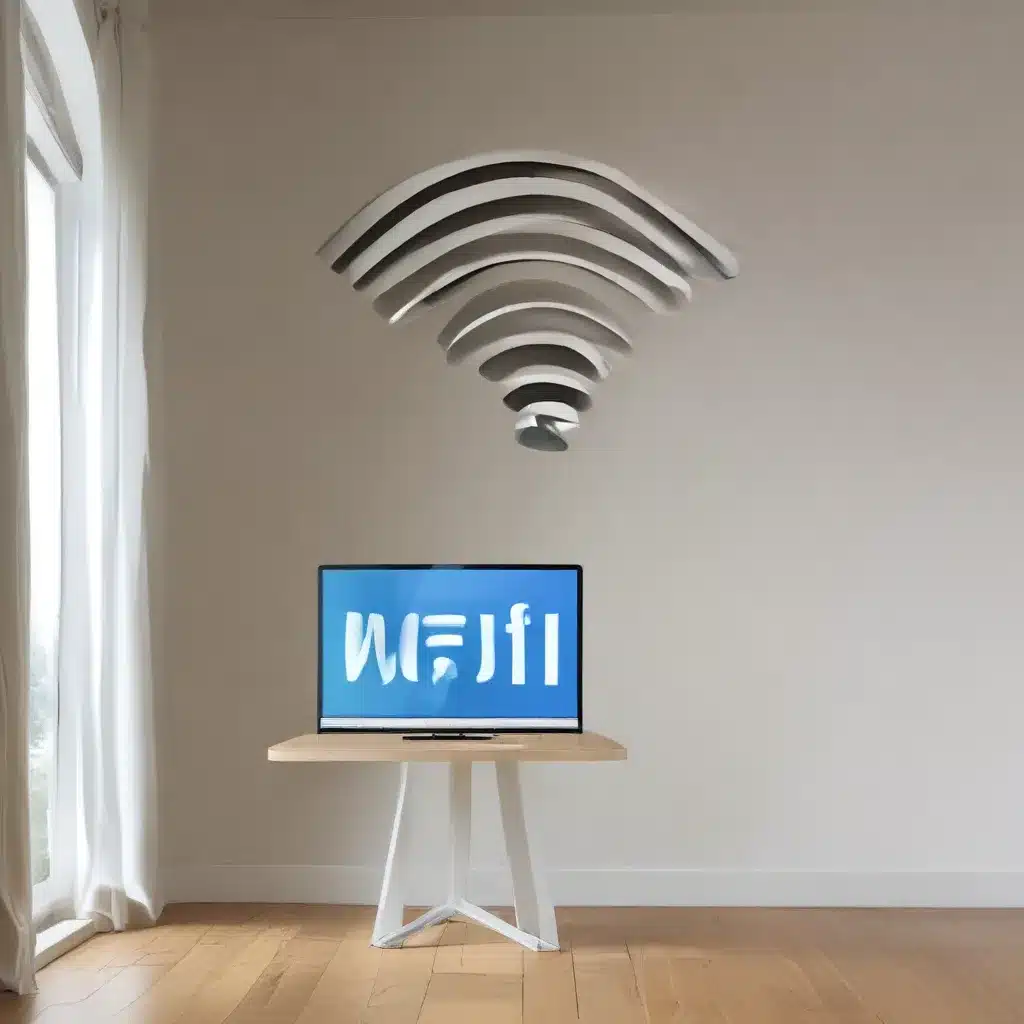
The Mysterious Case of the Vanishing WiFi
Have you ever felt like your WiFi was working perfectly fine one day, only to turn into a total nightmare the next? That’s exactly what happened to me, and let me tell you, it was not a pleasant experience.
It all started a few months ago when I noticed my Roku Express streaming device was suddenly struggling to connect to my home network. The poor thing would just sit there, buffering endlessly, as I watched my favorite shows turn into a pixelated mess. I tried the usual troubleshooting tricks – restarting the router, moving it to a new location, even giving it a good old-fashioned smack (don’t judge me, we’ve all been there). But nothing seemed to work.
Uncovering the Culprit
As I dug deeper into the issue, I stumbled upon a Roku community forum post that sounded eerily familiar. Turns out, I wasn’t alone in my WiFi woes – other Roku users were experiencing the exact same problem, with their devices suddenly losing signal strength and refusing to connect properly.
After some more investigation, I discovered that the issue might not actually be with my Roku at all, but rather a problem with the WiFi itself. A quick check of the HostDime blog revealed that there are a number of common causes for a weak WiFi signal, from outdated routers to pesky neighbors leeching off my network.
Tackling the Problem Head-On
Armed with this newfound knowledge, I set out to fix my WiFi woes once and for all. First on the list: upgrading my trusty old router to a shiny new model that supports the latest WiFi 6 standard. HostDime recommended the Nighthawk router, which promised to provide lightning-fast speeds and coverage for up to 2,500 square feet. Sounded like just what I needed to banish those pesky dead zones for good.
Next, I made sure to position my router in a prime location, with the antennas pointed straight up and out in the open. No more hiding it behind the TV or stuffing it in a cabinet – this baby was going to be on full display, ready to broadcast its WiFi prowess to the whole house.
Closing the Coverage Gaps
But even with a top-of-the-line router, I still had some areas in my home where the signal just couldn’t seem to reach. That’s where a good old-fashioned WiFi range extender came in handy. HostDime recommended the Netgear range extender, which promised to give me a much larger WiFi coverage area and eliminate any lingering dead zones.
With my new router and range extender working in harmony, I finally started to see some real improvements in my WiFi performance. No more buffering, no more random disconnections – just smooth, reliable internet connectivity throughout my entire home. It was like a dream come true.
The Final Piece of the Puzzle
But the journey didn’t end there. As I continued to troubleshoot, I stumbled upon another potential culprit: my network security. Turns out, that old WEP encryption I was using was about as secure as a screen door on a submarine. HostDime recommended switching to the much more secure WPA encryption, which would not only improve my WiFi performance but also keep any freeloading neighbors at bay.
With that final piece in place, my WiFi issues were finally resolved. No more frustrating buffering, no more sudden disconnections – just smooth, reliable internet connectivity whenever and wherever I needed it. And the best part? I didn’t have to call in a professional or shell out a ton of cash to make it happen.
A Brighter Future for Your WiFi
So if you’re struggling with poor WiFi reception and constant connectivity issues, take heart – you’re not alone. But with a little bit of elbow grease and some expert advice from the IT Fix team, you can get your home network back on track and enjoy the seamless, high-speed internet you deserve. Trust me, your Netflix binge-watching sessions will thank you.












